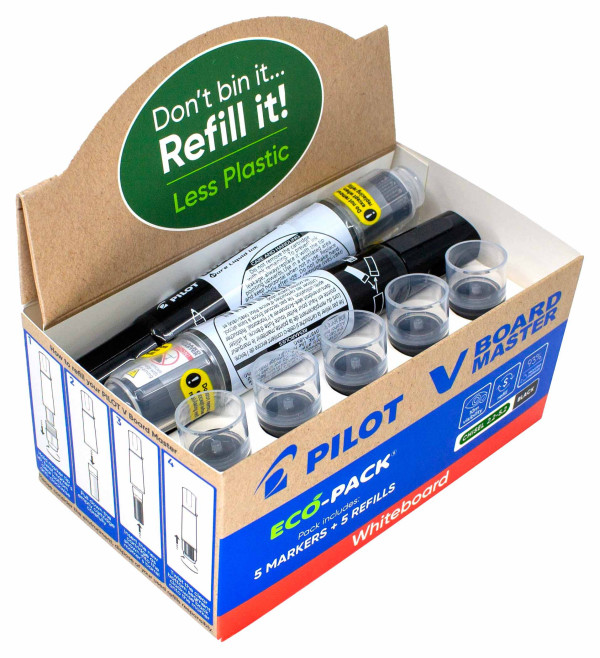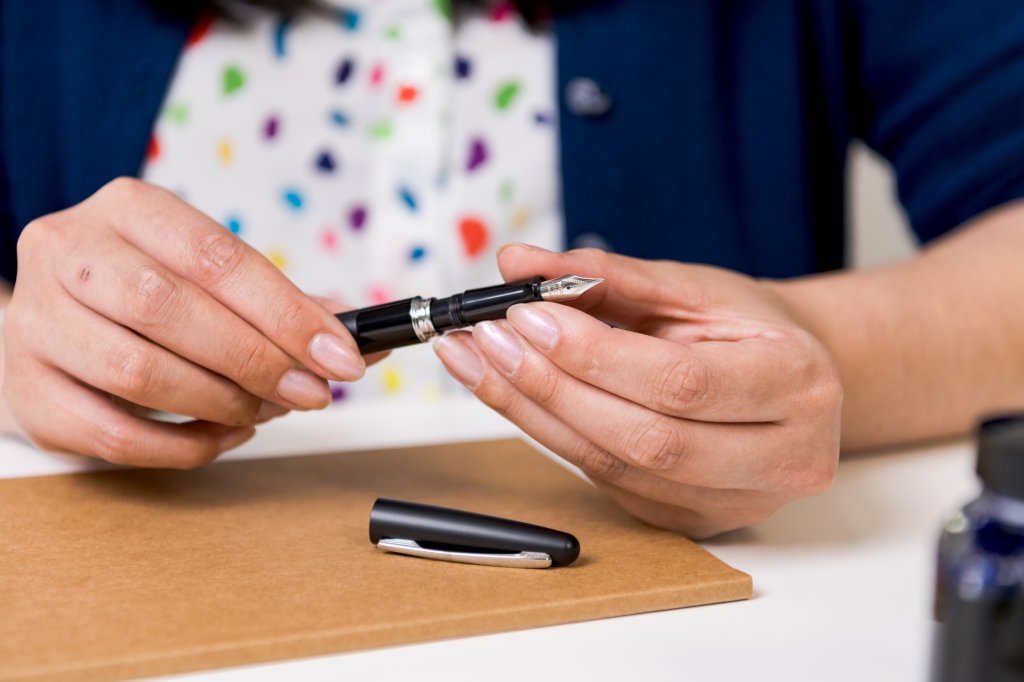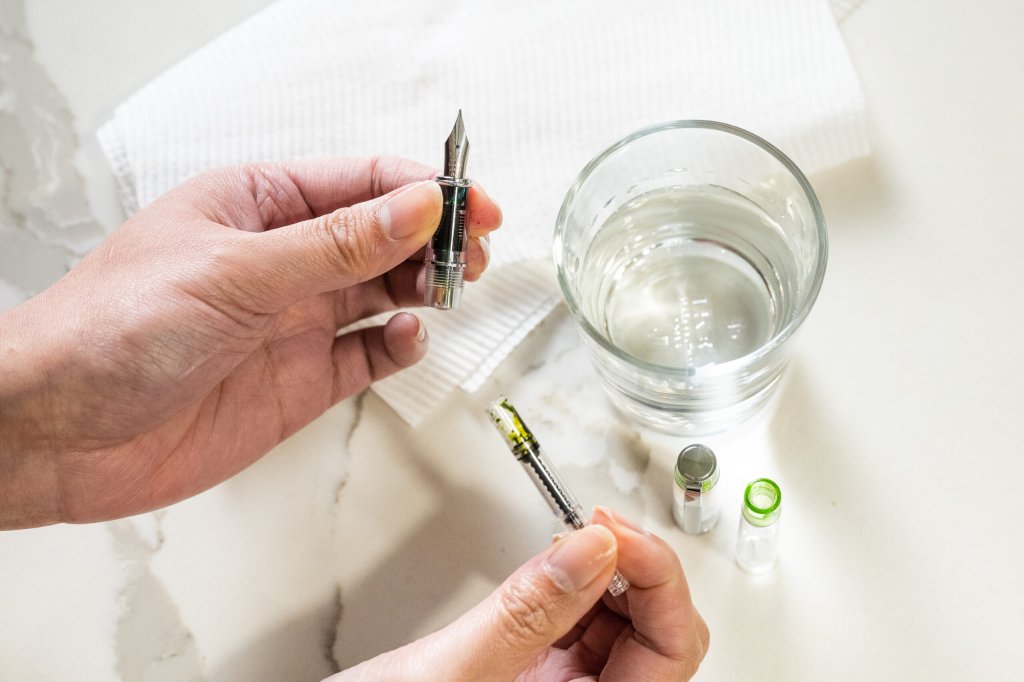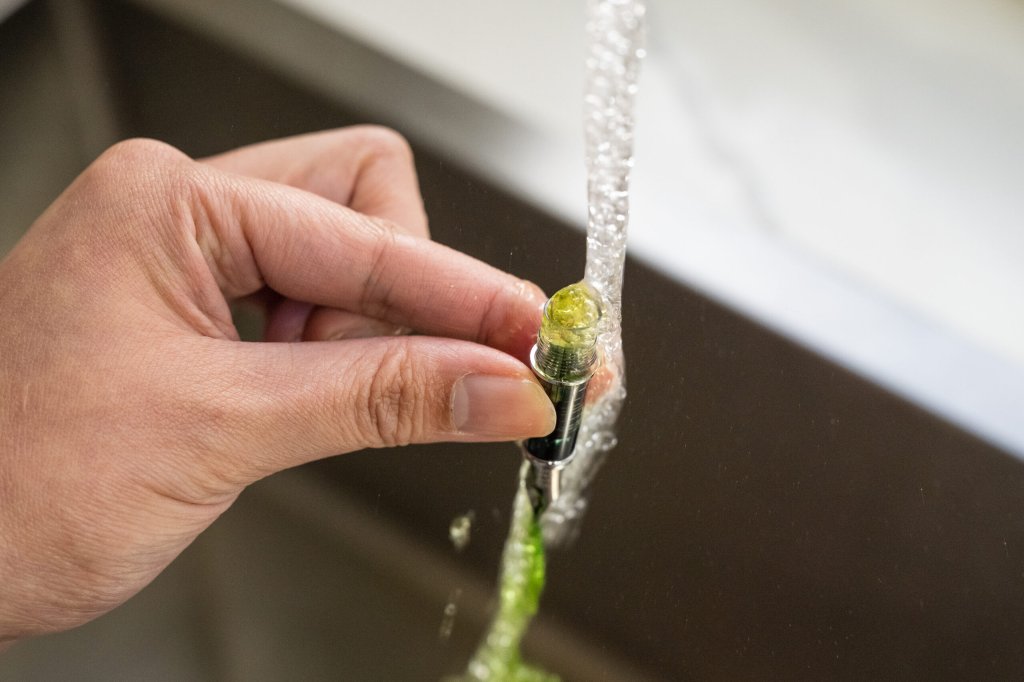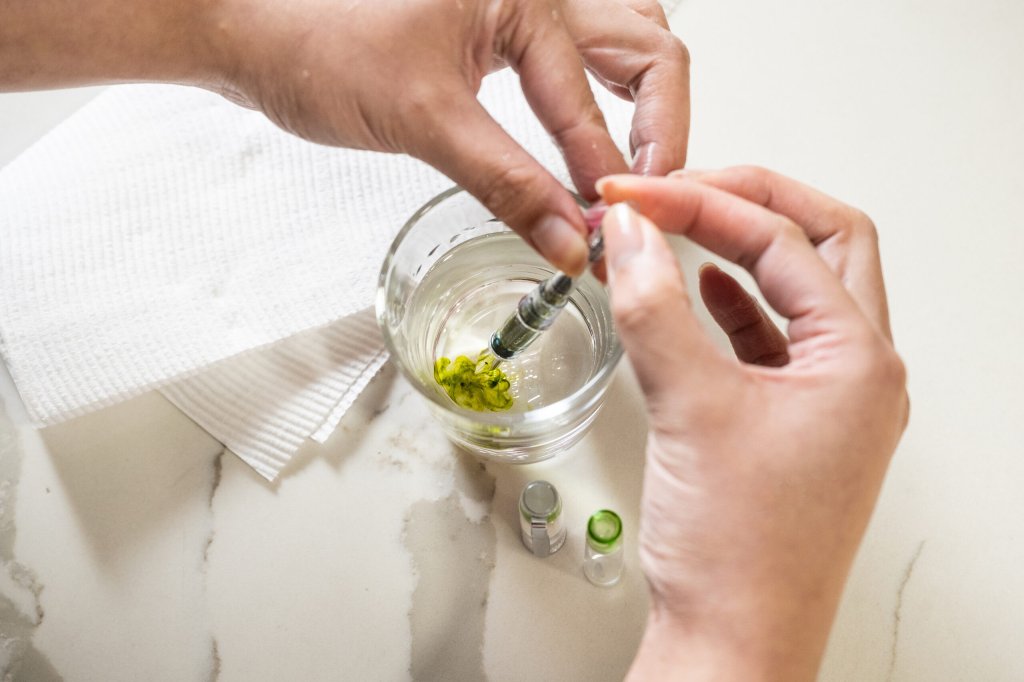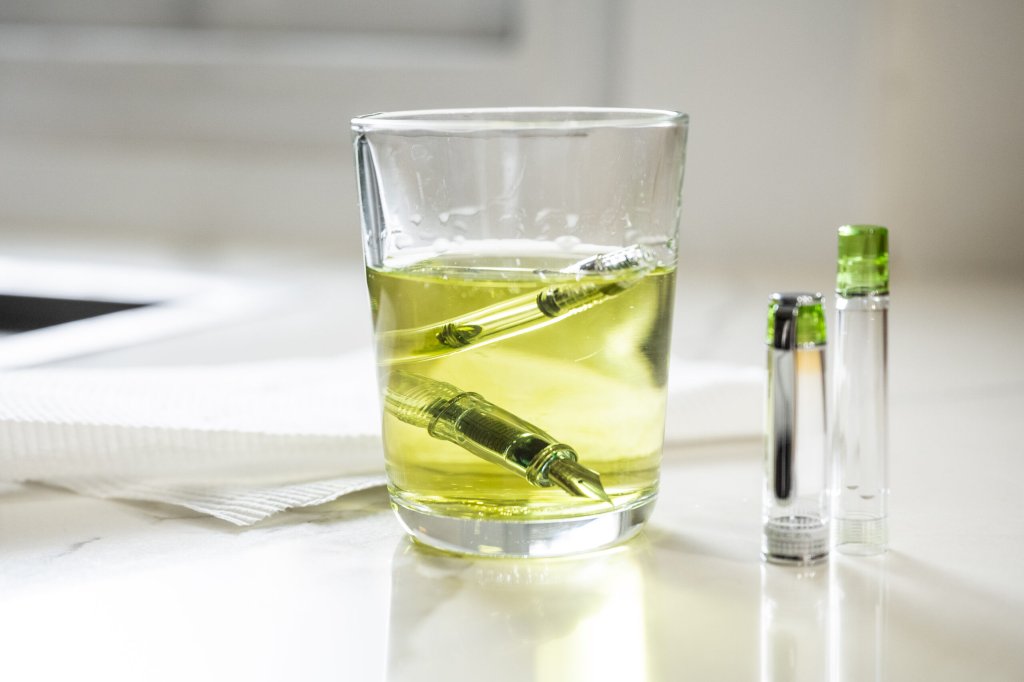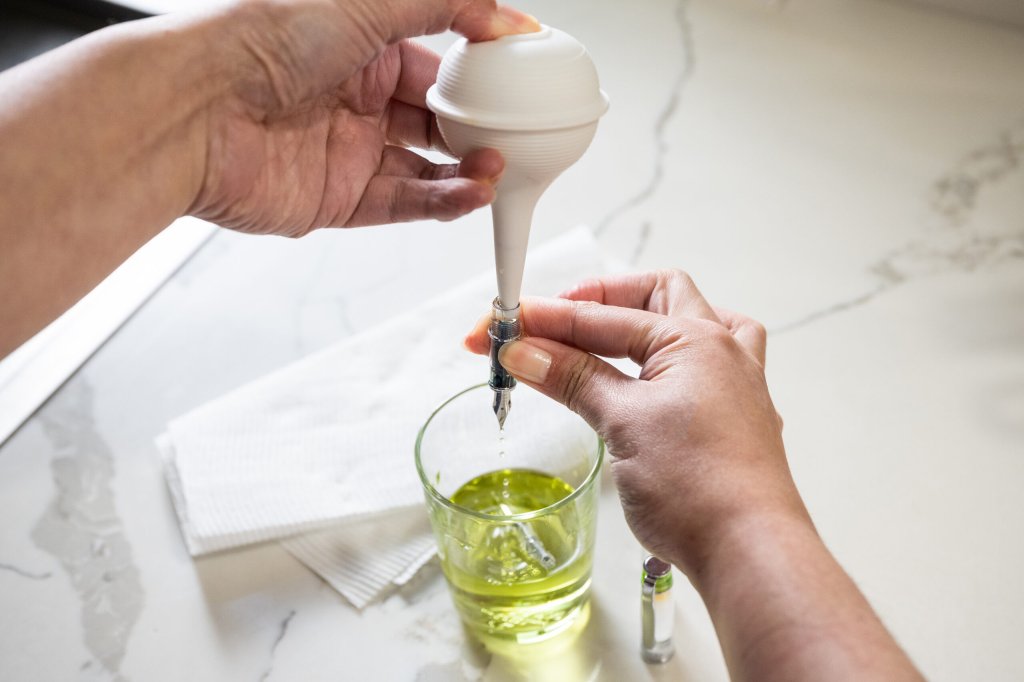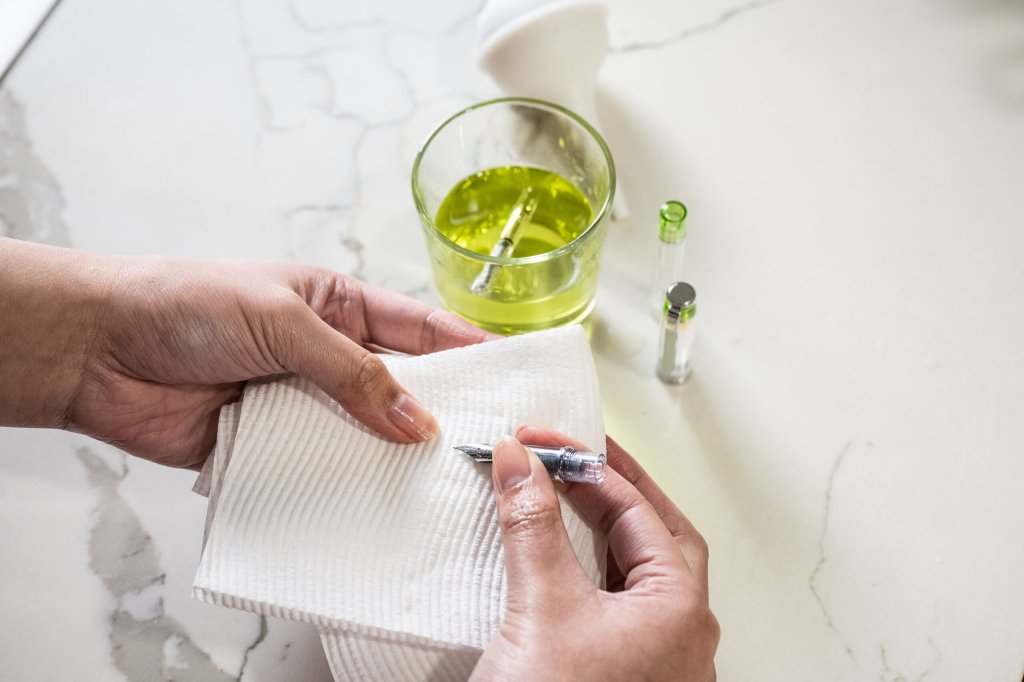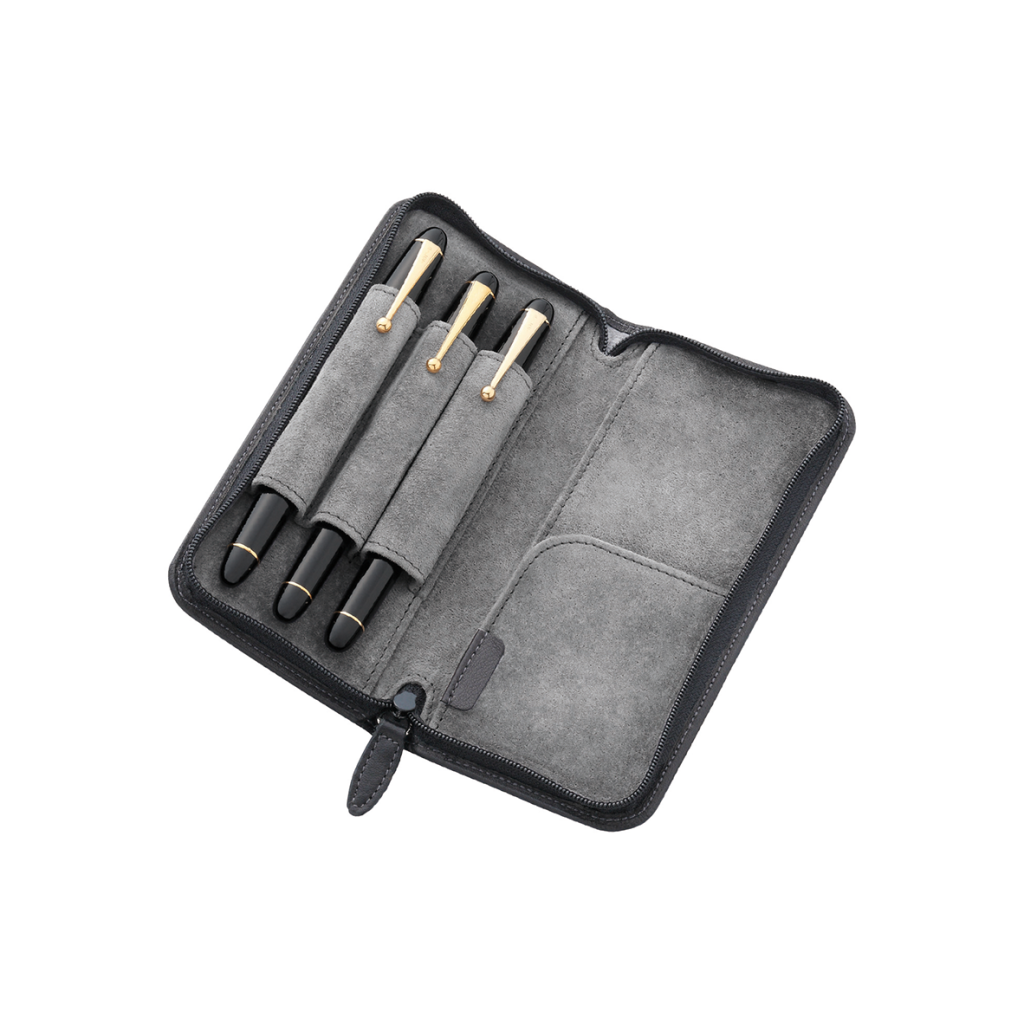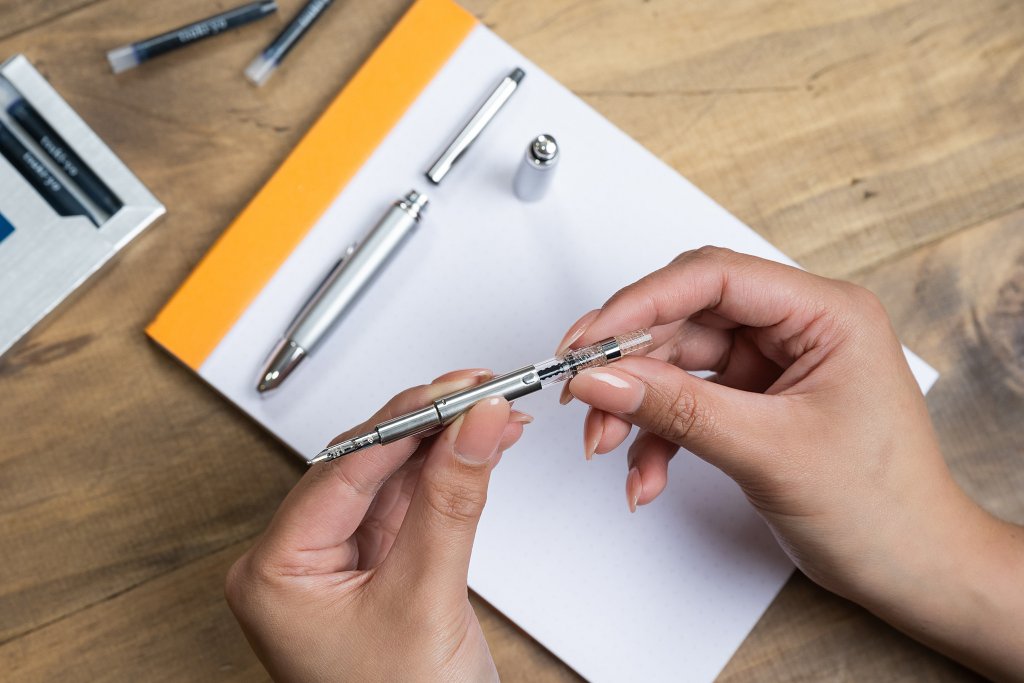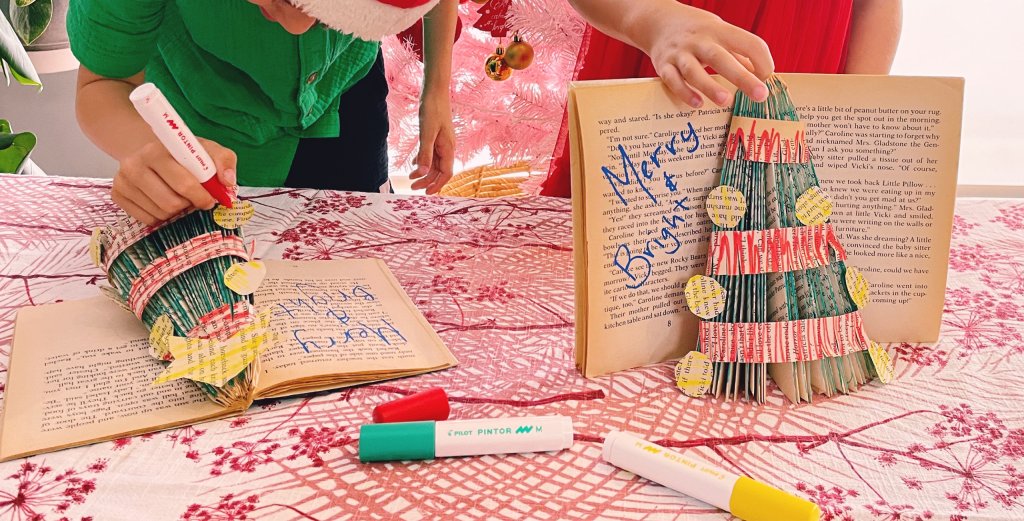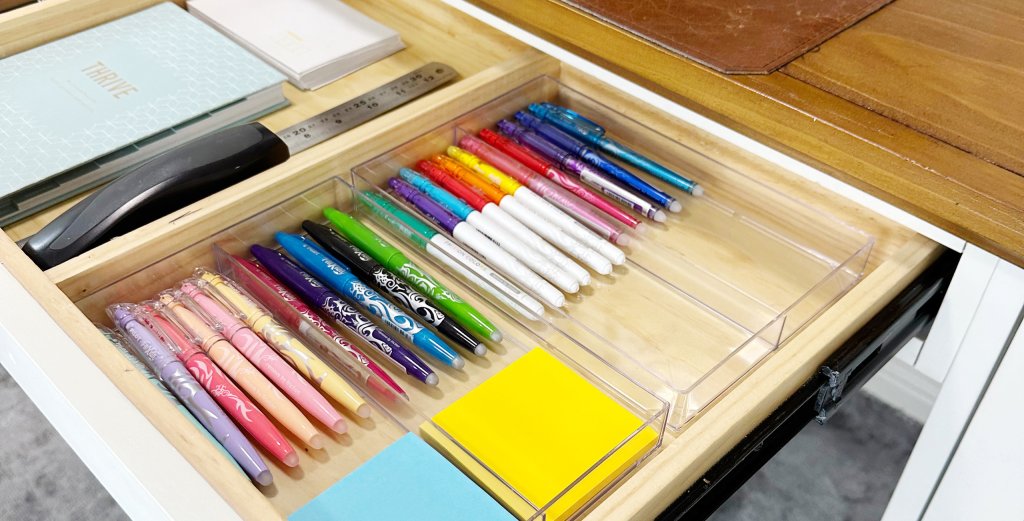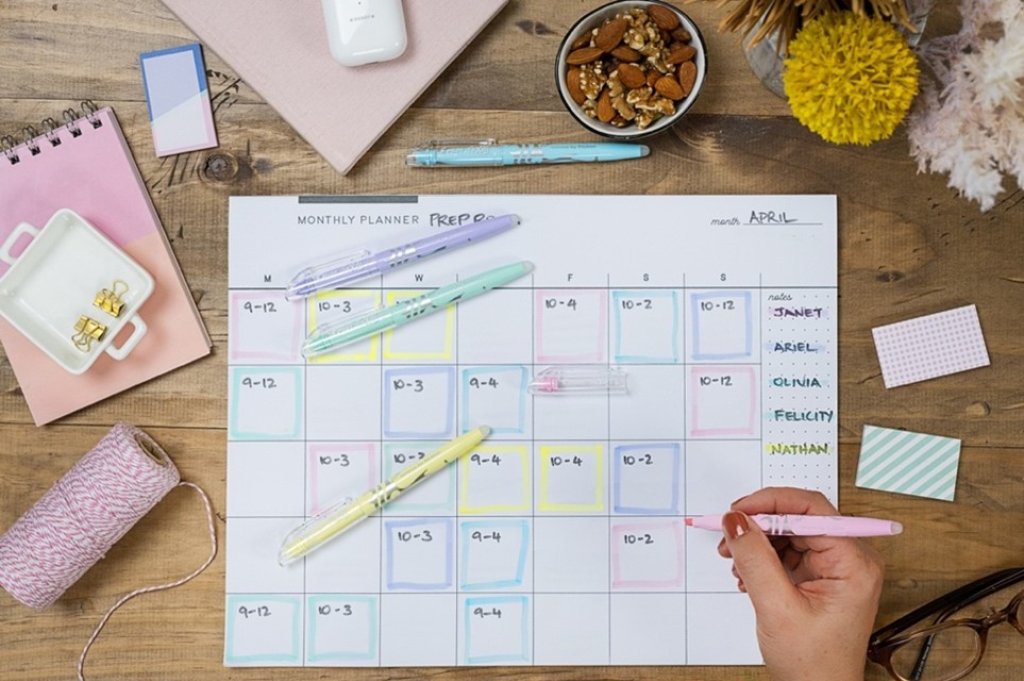Maintaining your fountain pens in a decent condition doesn’t require you to be a pen technician; it simply needs you to apply some tender love and care by keeping your pens clean after prolonged periods of usage as part of regular fountain pen maintenance. The key is to always apply a gentle touch when handling your pen and its various elements.
A fountain pen is a keepsake, so why not keep it that way?
It is important that your fountain pen doesn’t remain idle for extended periods of time so that the nib can remain malleable and the ink doesn’t dry up in the feed. If life has other plans, however, you should invest time in applying a simple maintenance regime as part of your pen rotation, or if you are still on your first fountain pen, at least a few times a year.
Fountain Pens
Explore Our Pens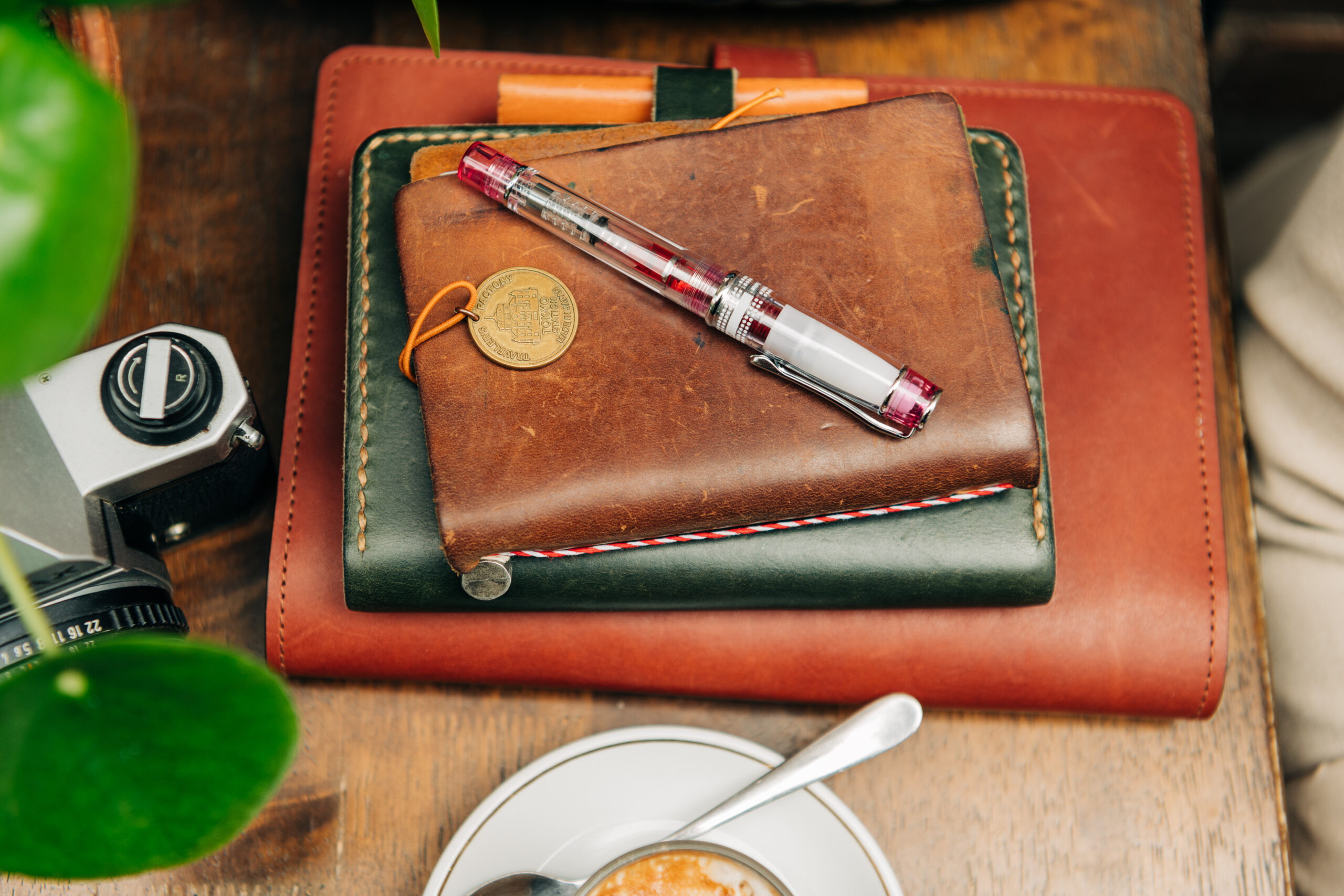 Flush out the ink
Flush out the ink
The most important part of your fountain pen is the nib. It sits on an ink feed and collector, which takes the ink from a source such as a cartridge, converter or barrel and stores the ink waiting for you to apply pressure on the nib to release the ink onto paper. Over time, if the ink doesn’t flow it will dry up and the residue left behind can restrict further ink flow in the future, making the cleaning process essential.
This is a problem that can be exasperated if you are using pigmented inks. This is why I prefer water-based inks such as PILOT’s Iroshizuku inks, as they are engineered to avoid leaving behind residue.
Find a safe place to conduct your maintenance, preferably near a sink or where you have easy access to paper towels or wipes. My preference is the laundry, but I have also used the kitchen. Avoid using tissues as their flimsy nature can leave remnants behind on the feed or the slit.
iroshizuku Fountain Pen Ink Bottle - 50ml
Refills
The name “iroshizuku” is a combination of the Japanese words “iro” (colouring), expressing high standards and variation of colours, and “shizuku” (droplet), which embodies the very image of dripping water.
Buy NowFlushing out an ink cartridge
To clean a fountain pen and flush out the old ink, simply unscrew the nib and feed from the barrel often referred to as the ‘neck’. If you are using a cartridge, remove it from the feed tube. Depending on the amount of ink left in the cartridge, I will either throw it out or seal it with some cling wrap for reuse once I’m finished cleaning.
Take the neck and hold it nib pointing down, under cold or tepid water. Despite what your instincts tell you, avoid using hot water. Hot water is the enemy of the fountain pen and can cause irreparable damage to the feed and seals that protect your fingers from serious ink leakage. Let the water run until you are satisfied that the running water is clear and all ink traces have been flushed out.
Flushing out a fountain pens converter
If you are using a converter, remove the neck from the barrel and keep the converter on the feed. Flush out the ink, either back into the ink bottle or carefully down a sink. Then find a small container such as an old cup or glass and fill it with cold or tepid water. Remember: no hot water!
Draw water from the cup and flush repeatedly until you are drawing and flushing clean water. You may have to empty and refill the cup several times before you get to that point. For piston and vacuum filler pens, you can also apply the converter approach but be careful not to dislodge the neck from the barrel.
Once you have completed the flushing process, it doesn't hurt to soak the neck in cold or room temperature water for at least a few hours or as I prefer, overnight, so that you can loosen any remaining ink particles from the feed's desperate hold.
Soaking the nib
Once you have completed the flushing process, it doesn't hurt to soak the neck in cold or tepid water for at least a few hours or as I prefer, overnight, so that you can loosen any remaining ink particles from the feed's desperate hold.
Using pen flush solution or dishwashing liquid
You can buy a premade pen flush cleaning solution from leading fountain pen retailers to use in place of water, which is useful if you are cleaning a pen that has been out of use for over a year and has dried ink. However, PILOT recommends mixing a drop of dishwashing liquid with warm water as best practice. I also use a bulb syringe so that I can gently squeeze air through the grip helping remove excess moisture and residue. If you don’t have access to a bulb syringe, gently shake the pen a few times, (always gently!) over a safe surface or sink. Both items are relatively inexpensive to buy. For discerning users, you can also use distilled water instead of tap water.
Wipe down the nib with a paper towel
The final step is to wipe down the neck with a cloth or paper towel to remove any remaining moisture. There is no need to panic if you refill your fountain pen with a different colour and find that you left behind traces of the old colour. It will flush out after a few uses and who knows, you may even create a new and wonderful colour combination in the process.
A few other maintenance tips to consider
1. Clean the Inside of the Cap
Don't forget to clean out the inside of the cap. Naturally, ink has a habit of ending up in there. All you need is a few Q-tips to soak up the wet ink and to run the cap under cold or tepid water to get rid of the rest.
2. Polish the Exterior
A soft polish cloth is great for cleaning the outside of the cap and the rest of the fountain pen body. This keeps your pen looking its best.
3. Store Fountain Pens Properly
When you’re not using your fountain pen, keep it in a pen case or pouch to protect it from damage. If possible, store it nib facing upwards so that any residual ink and moisture can drop back into the ink storage instead of drying in the feed.
4. Consider Air Travel Precautions
When travelling by air, it’s best to avoid using converters. Opt for ink cartridges instead, and keep them detached from the feed during the flight to prevent any ink leakage.
5. Regular Use
Make sure your fountain pen doesn’t remain idle for too long. Regular use helps keep the nib malleable and prevents the ink from drying up in the feed.
6. Scheduled Maintenance
Even if you’re not using your fountain pen frequently, try to perform some basic maintenance a few times a year to keep it in good condition.
7. Use Appropriate Inks
Water-based inks, like PILOT’s Iroshizuku inks, are engineered to avoid leaving residue, which can clog the nib and feed. This makes them a great choice for regular use.
8. Avoid Hot Water
Always use cold or tepid water when you clean fountain pens. Hot water can cause irreparable damage to the feed and seals, leading to serious ink leakage.
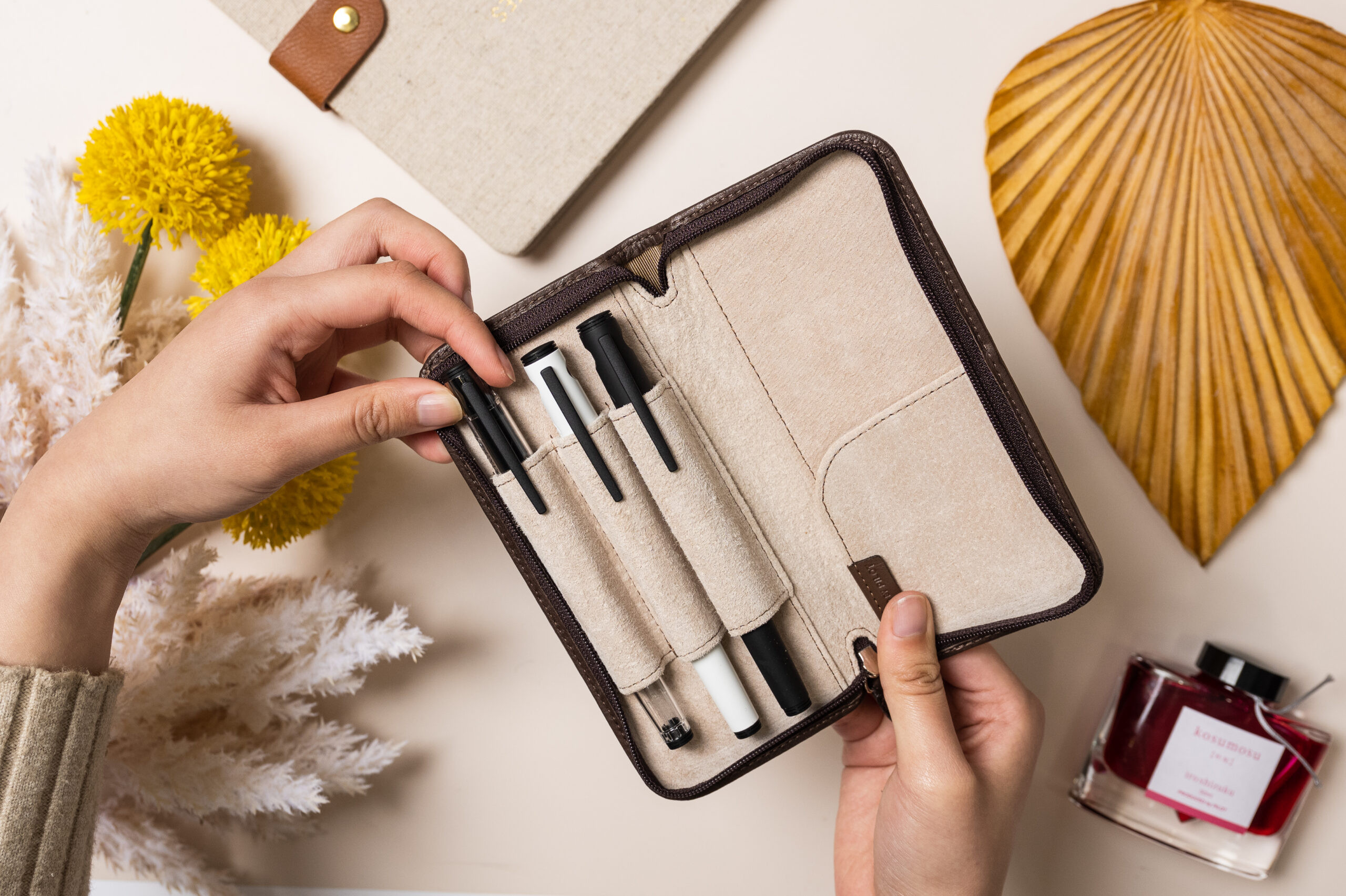
Pensemble 3 Pen Case
Accessories
With room for three fountain pens and two sleeves for any important notes, it will keep your pens looking just as beautiful as the day you bought them.
Buy NowYou can learn more about PILOT’s wide range of fountain pens and inks by exploring their Pen Finder. Check out my previous blog post on The Anatomy of A Fountain Pen – How to Choose the ‘Right’ Nib.
Next in this series
Refilling Your PILOT Capless Fountain Pen
With a unique retractable nib mechanism, changing ink colours in your fountain pen has never been this easy! Explore different inks with the Rotary Converter (CON-40) or refill on-the-go with a PILOT Ink Cartridge.
Continue ReadingAbout Author
Paul Dovas
Paul has been obsessed with writing instruments for over 30 years. In this time, he has bought, sold, found, lost, ruined and written about every aspect of collecting pens and pencils. While he doesn't like to play favourites, he is the first to admit that Japanese writing instruments hold a soft spot in his crowded heart, with his favourite being the next when he buys.
